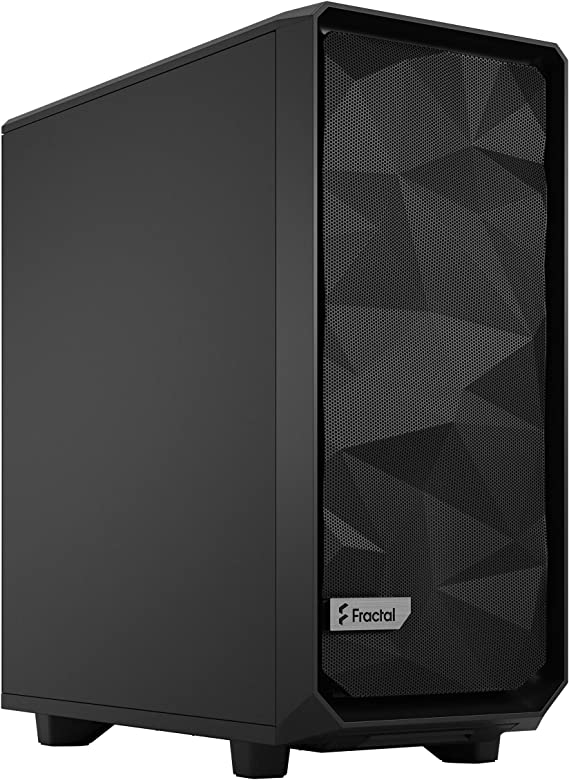Everything from the size of the graphic card to the AIO cooler that you’re going to choose will be dependent on the size of the case. For those with desires to get their hands on the smallest ATX case out there on the market, it’s vital to keep a few aspects in mind.
Supported Motherboards
There’s no point in purchasing a PC case unless your motherboard fits perfectly inside the case. Going with a small ATX casing means that you also have to choose an ATX or micro-ATX-sized motherboard to fit inside the case. In the event that the dimensions aren’t lining up and you ended up having a motherboard that is a bit too large, it wouldn’t fit inside the case.
Most of the chassis mentioned in our brief guide support ATX-sized motherboards but if you have any doubts, make sure to go over the specifications of the case, just to be sure.
Airflow
Keeping things cool inside the case is vital and it’s advised to use a PC casing that has various fan and radiator mounts for proper air circulation. No one wants to build a PC that gets hot as you play your favorite game and hence, keeping the temps on the down-low is an important aspect when purchasing a PC case and it shouldn’t be overlooked.
Modern cases these days readily support 360mm and 240mm radiators and if you have the budget, opt for such options to keep the temperature within safe limits. Corsair iCUE H150i and NZXT Kraken X53 are decent options if you’re on the lookout for 360mm and 240mm AIO coolers for better ventilation.
Quality & Durability
Purchasing cheap knock-off ATX casing to save a few bucks won’t do you any good because sooner or later, the casing would start to fall off. Especially in PC cases with side-tempered glass, there’s always a risk that you will accidentally crack the glass and the whole thing would come crumbling down.
When purchasing a PC casing, it is vital to choose a case that has a solid chassis and offers additional mounts for the various PC components which include a bay for PSU and expansion slots. In most modern builds, people often prefer minimalistic builds that can only be achieved with cases that offer proper space for cable management and mount for 3.5’’ HDDs and 2.5’’ SSDs.
On our recommendations, readers will find that all the casings have a strong metallic chassis and offer tons of space for proper cable management.
Spacious Interior
Despite the compact size of the chassis, the PC case must have a spacious interior where you can fit all the desired components. Since the whole build will be revolving around the size of the case, it is vital to choose a PC with enough room for you to install all the essentials, even if it is the smallest ATX case on the market.
Price
An expensive case doesn’t necessarily mean that it is the best smallest ATX case on the market. Mid-range and budget-oriented casings can also offer the best bang for the buck and it’s really about the personal preferences of a person at this point. Some people can pay a bit extra to go for the minimalistic-looking casings while others could choose the simple yet cunning case that would do the job for them.















